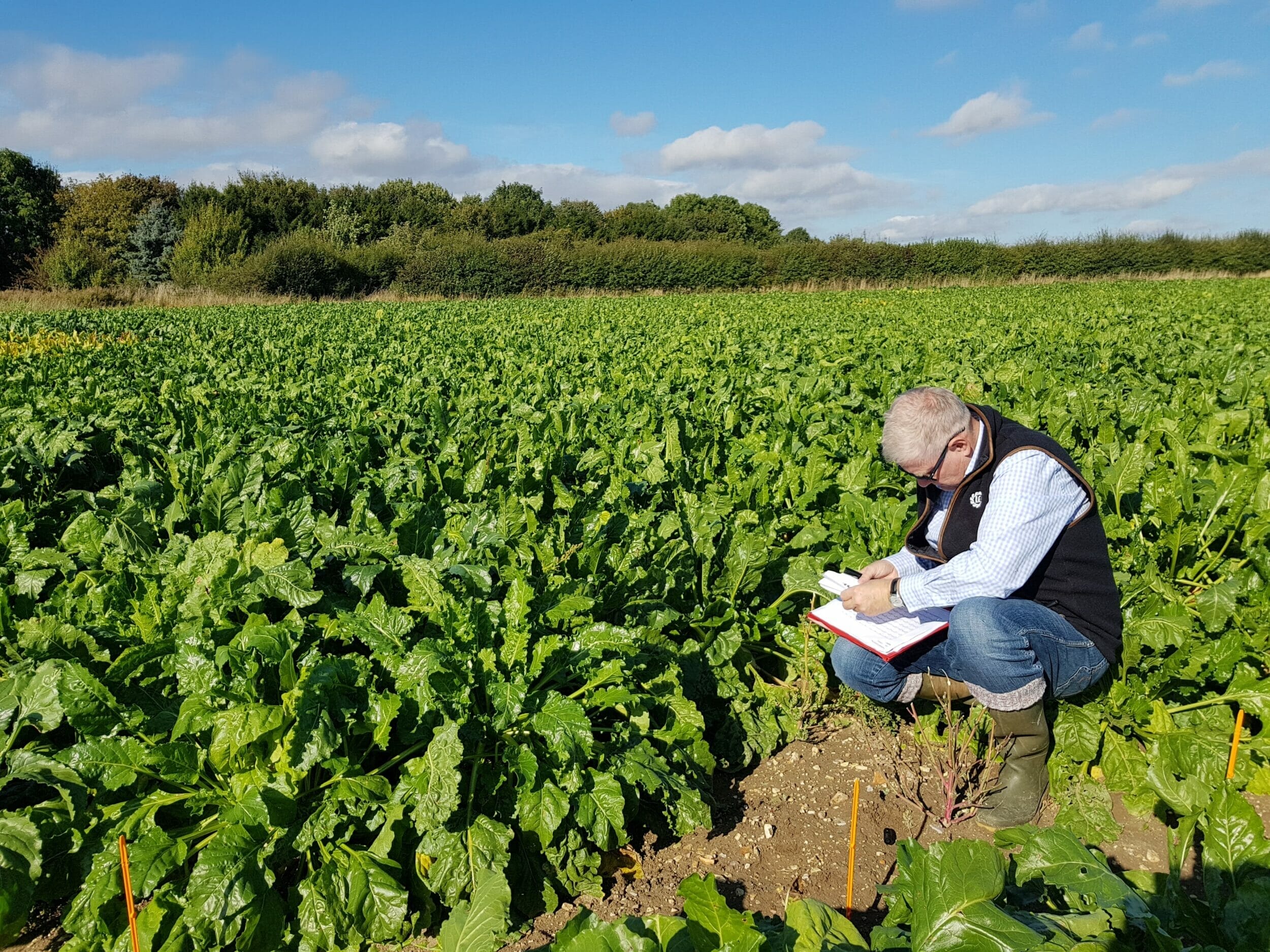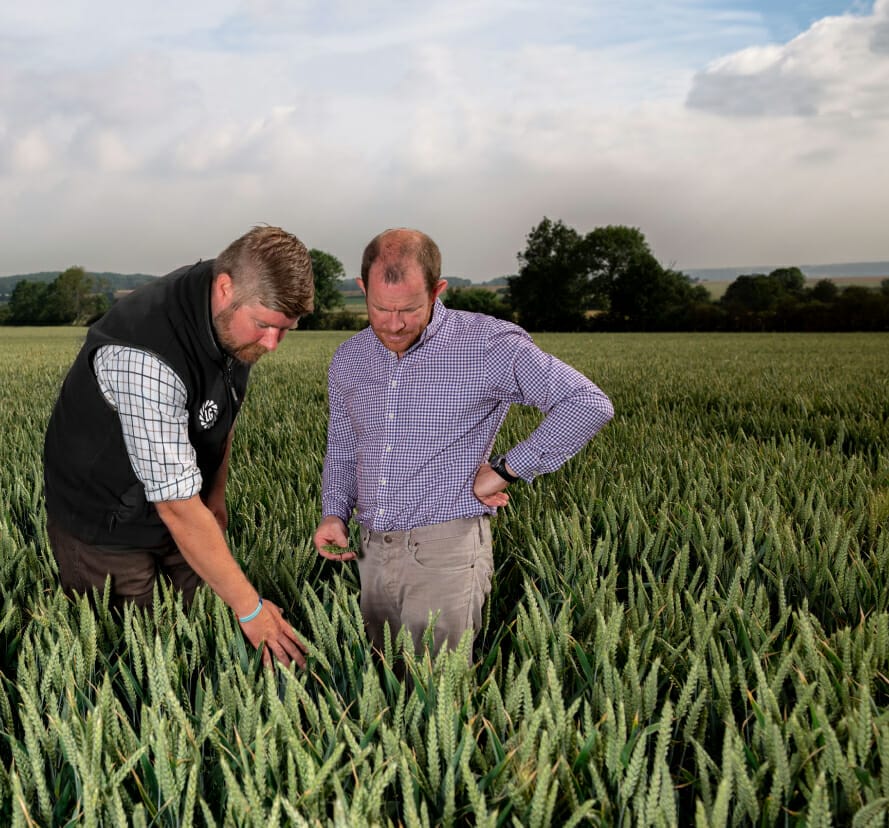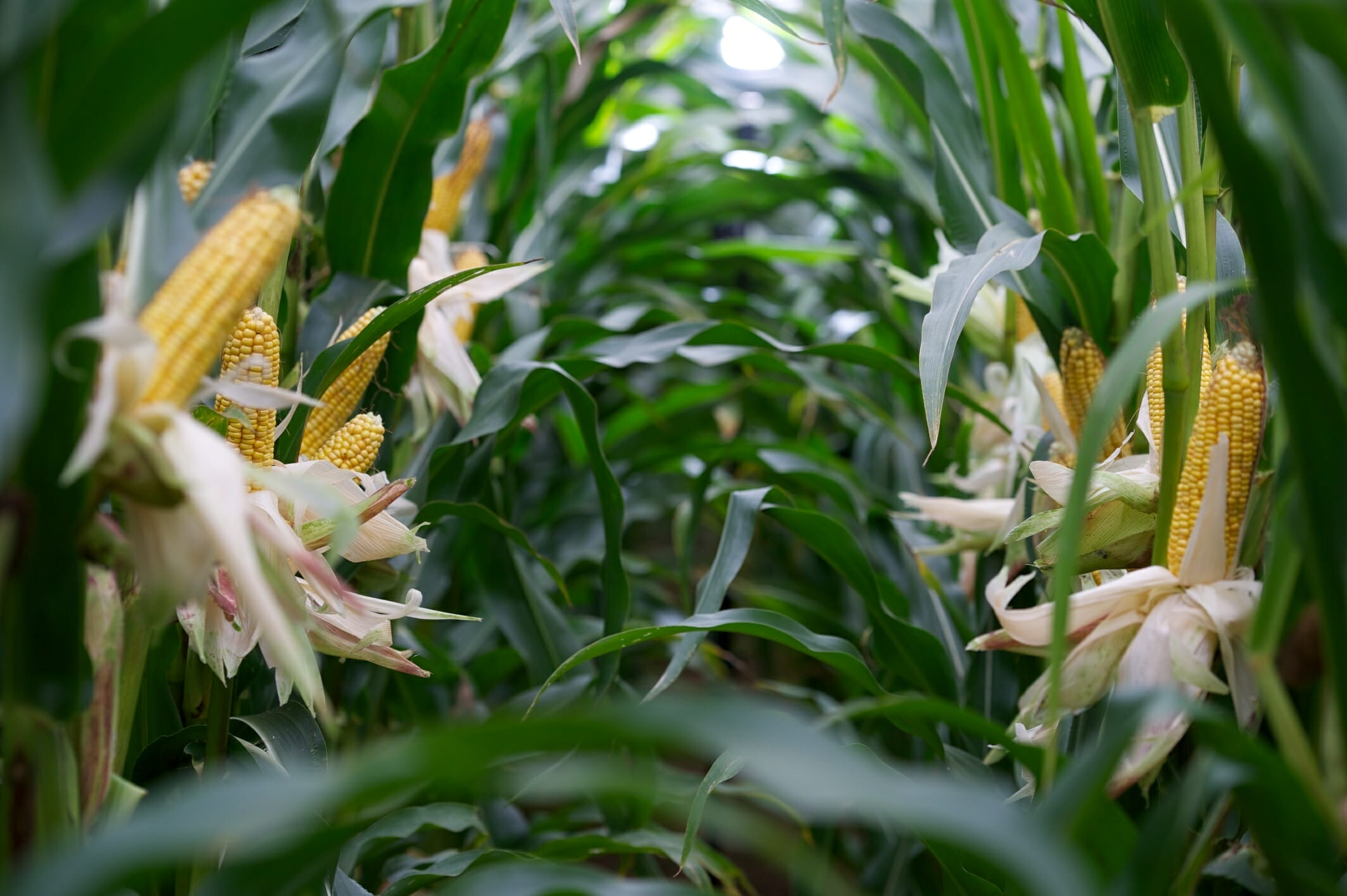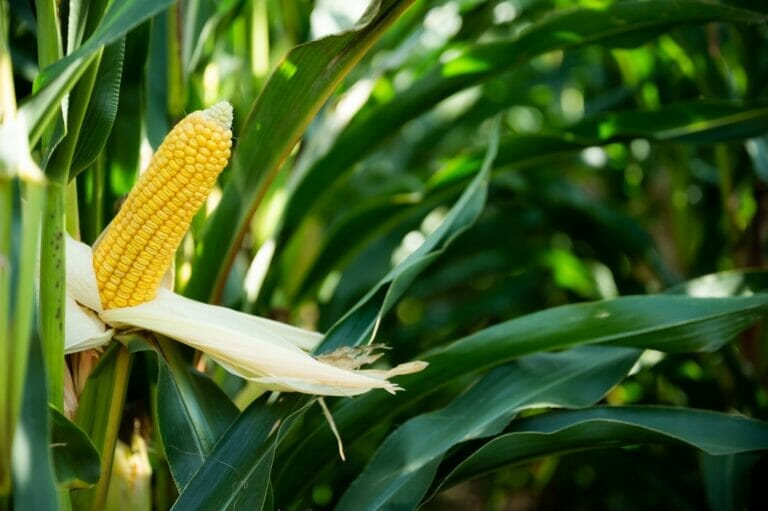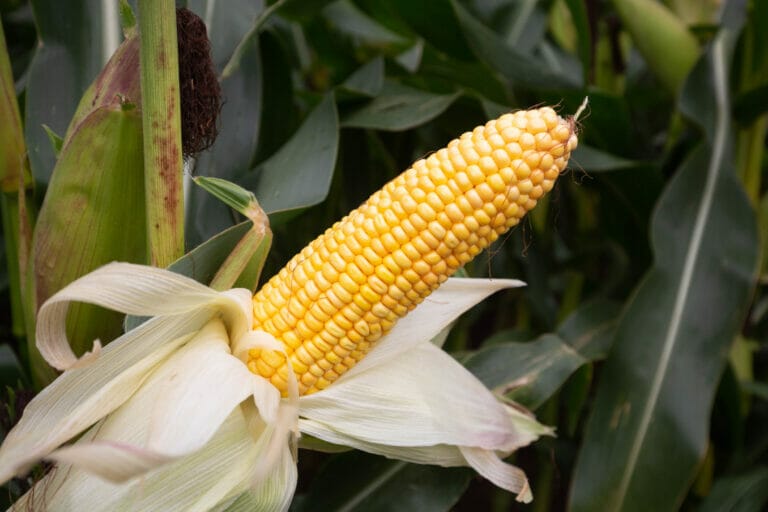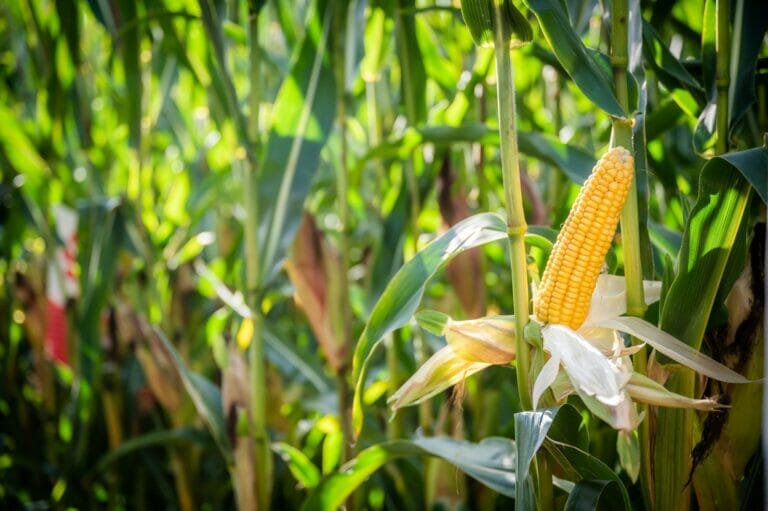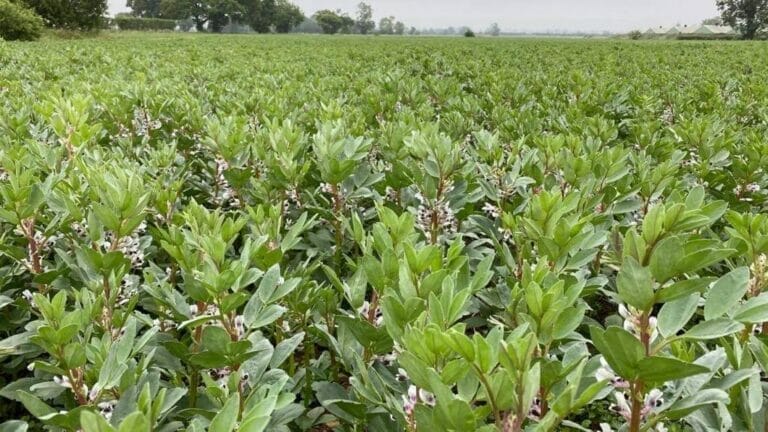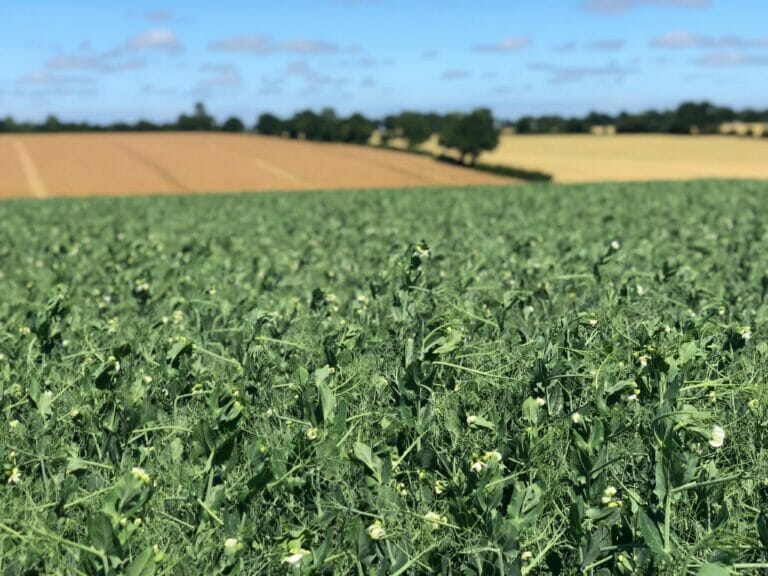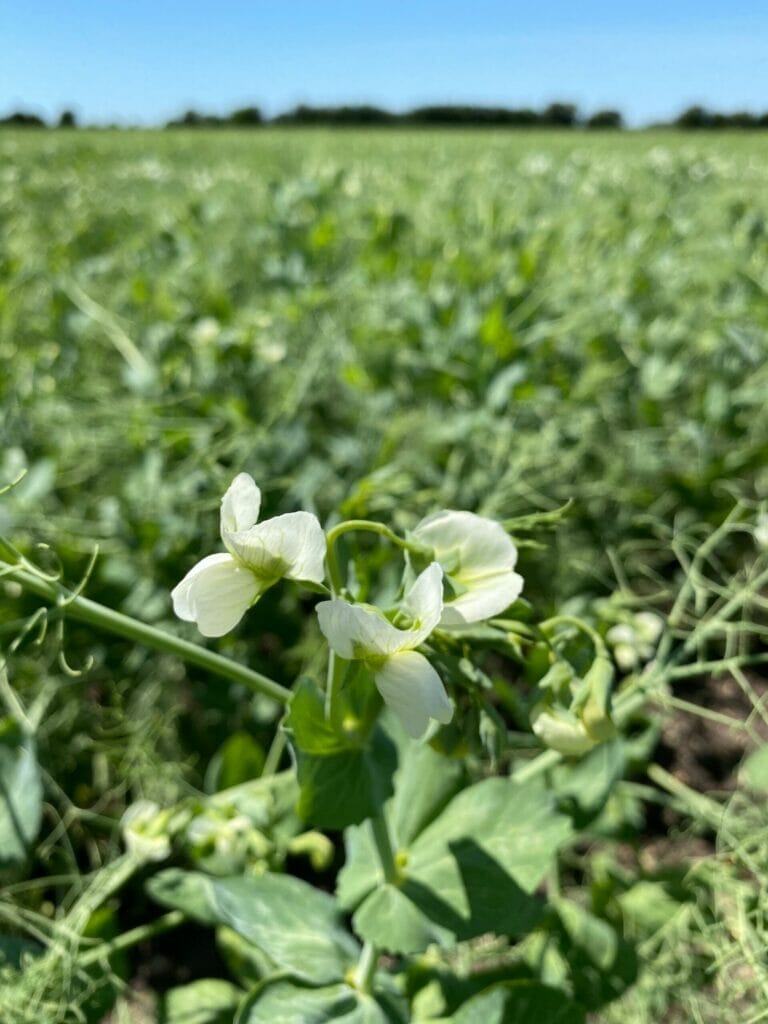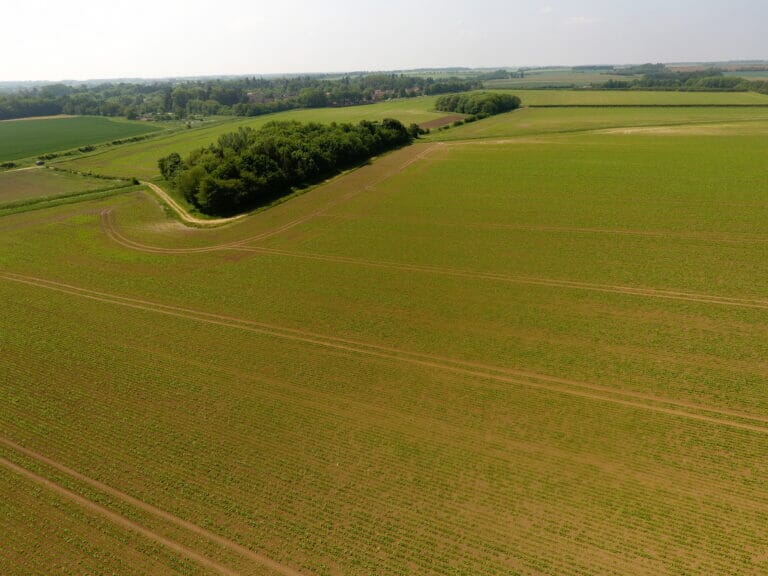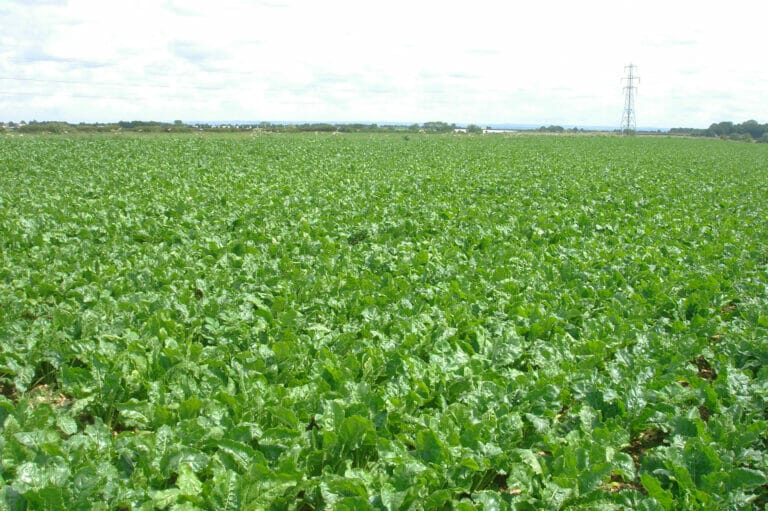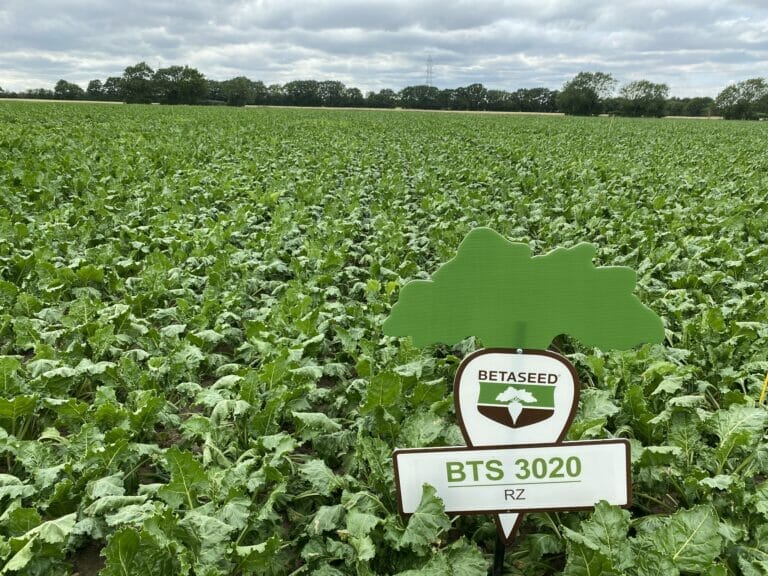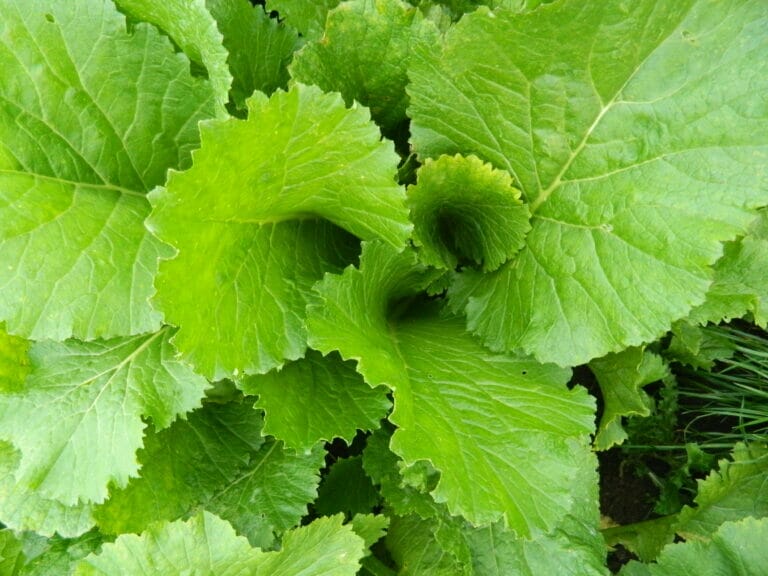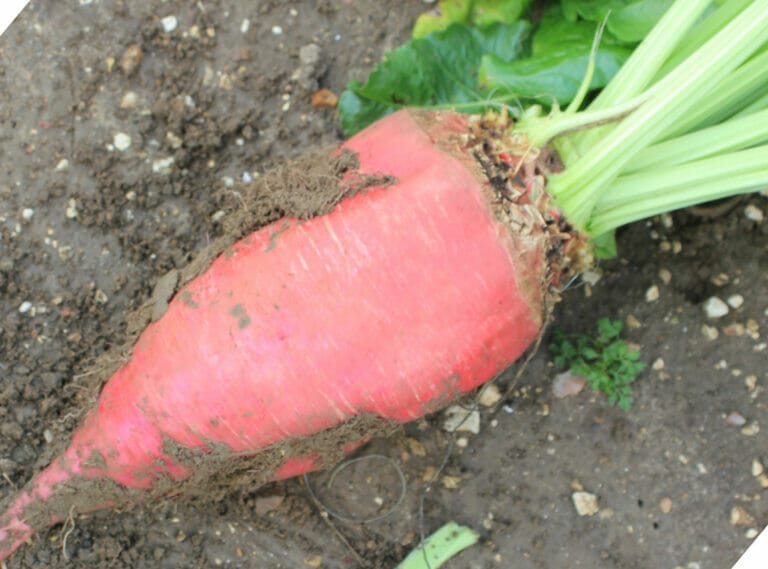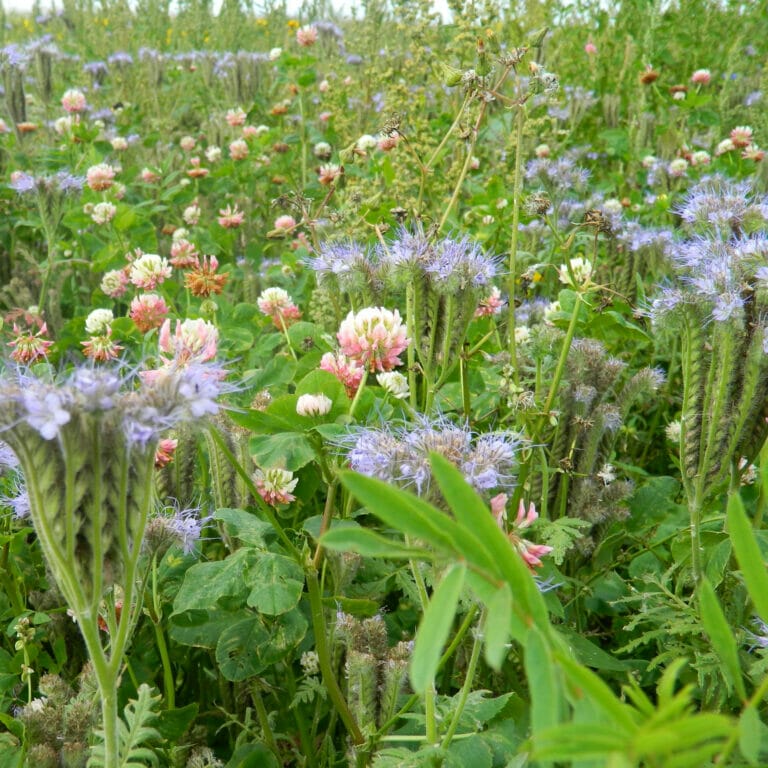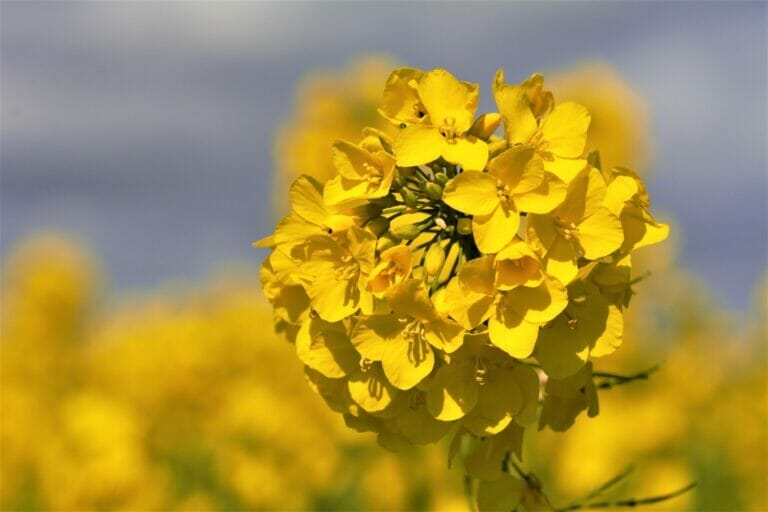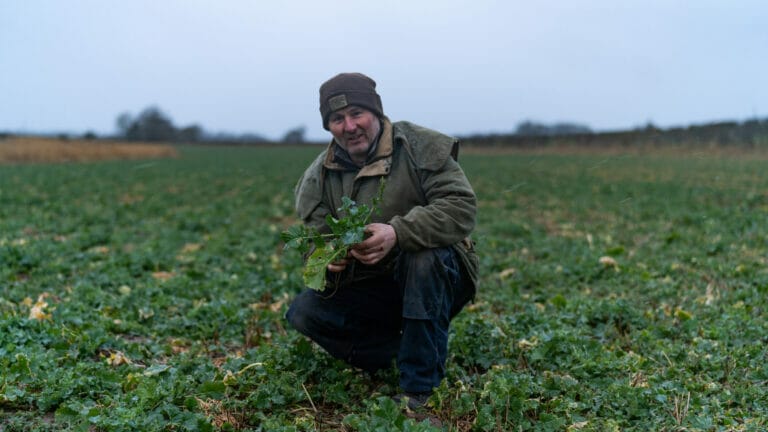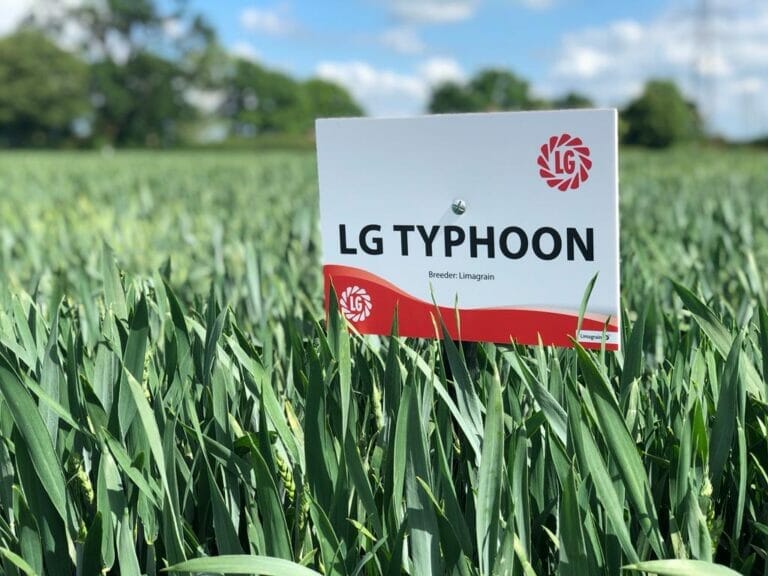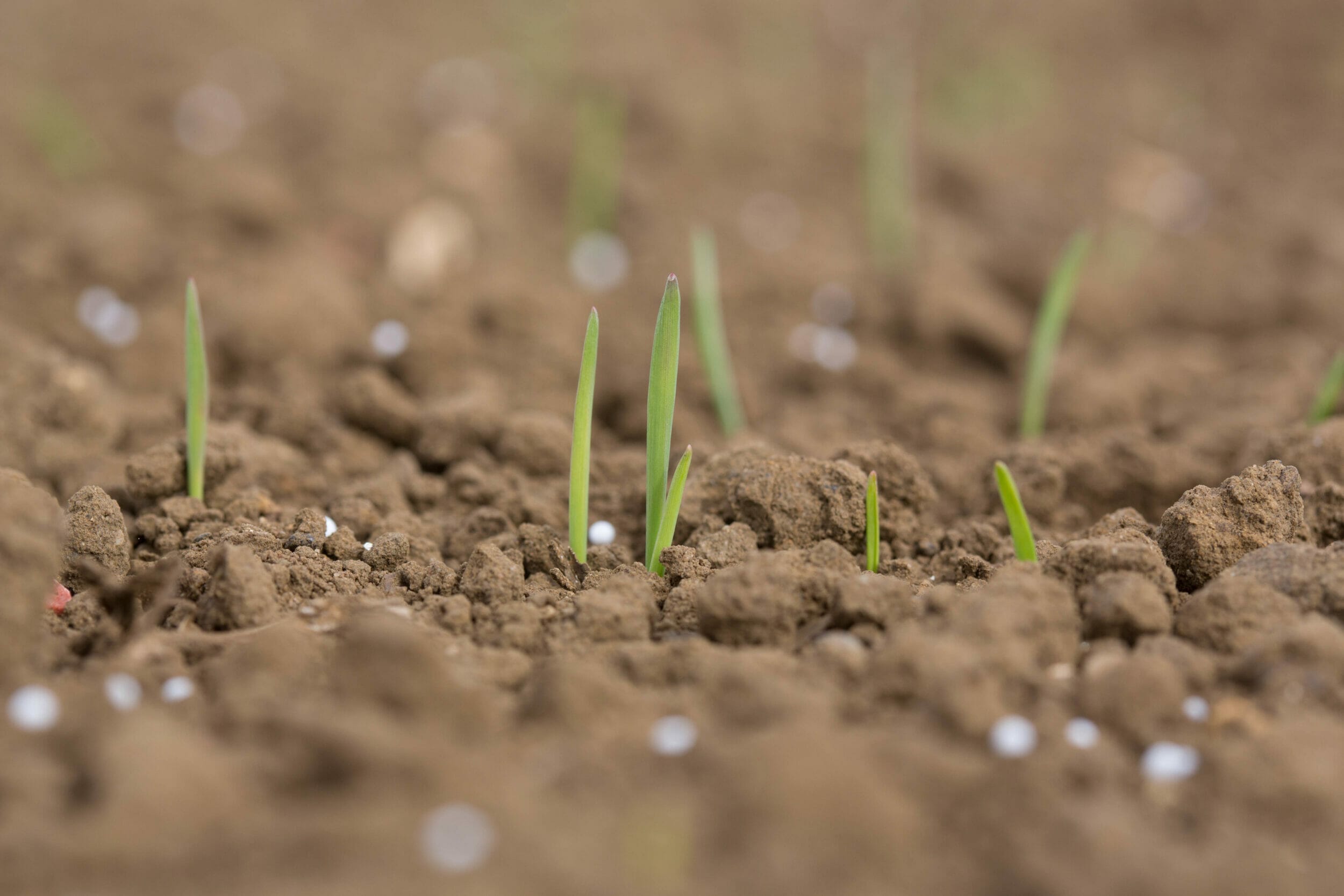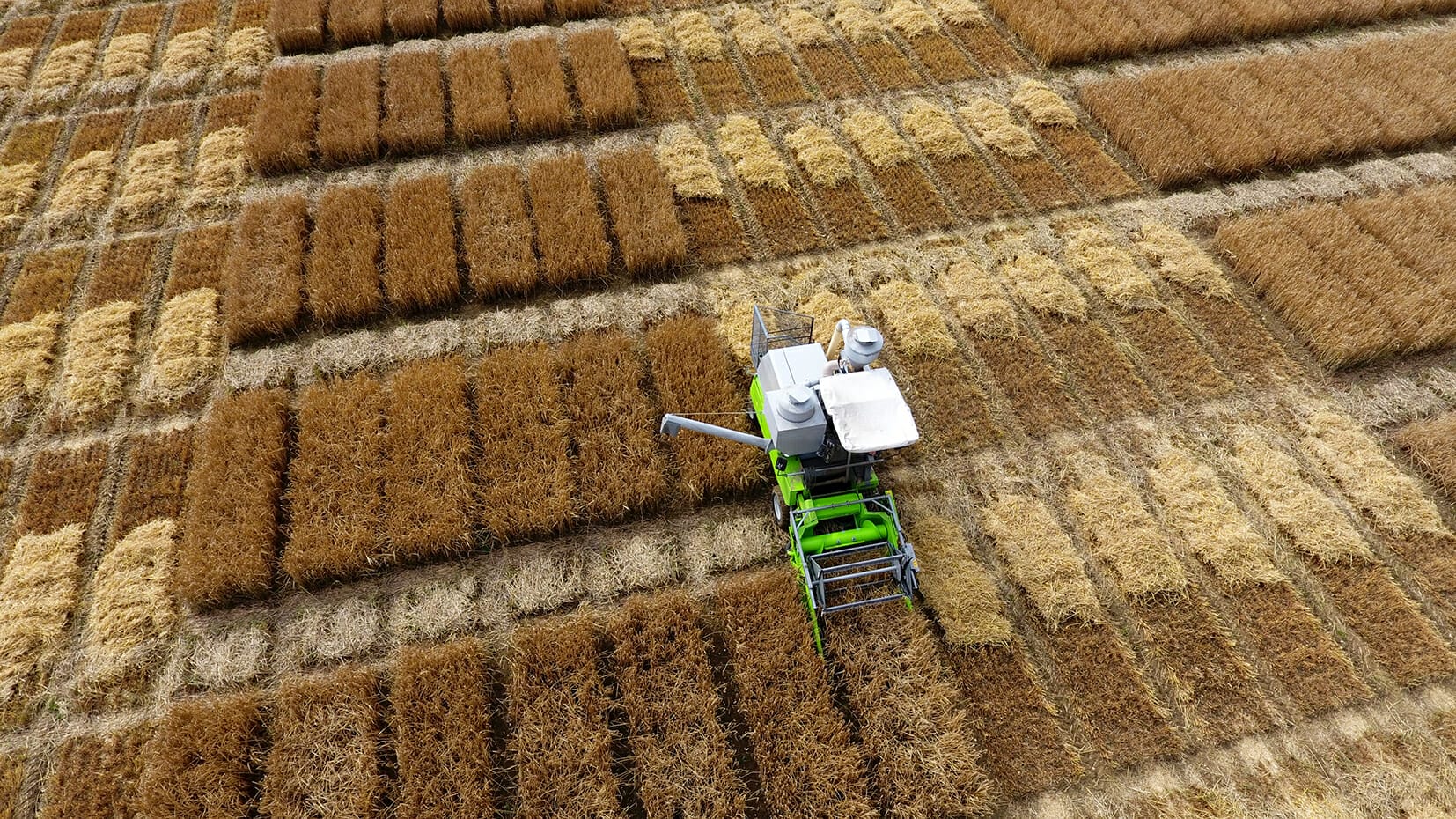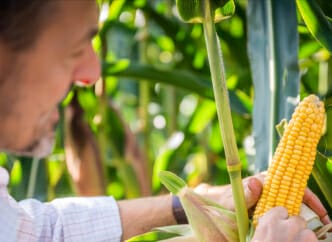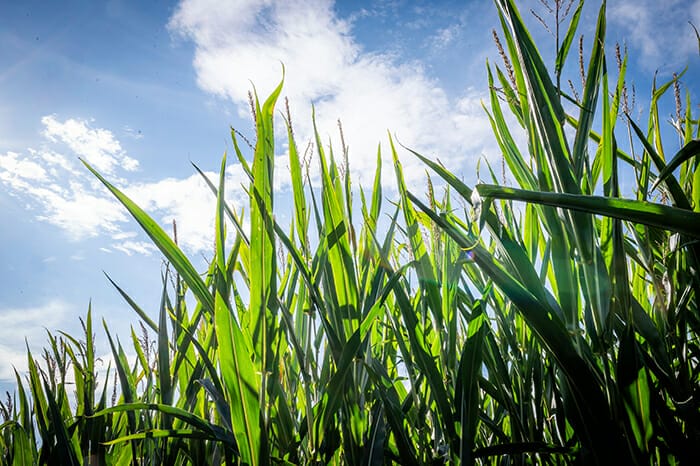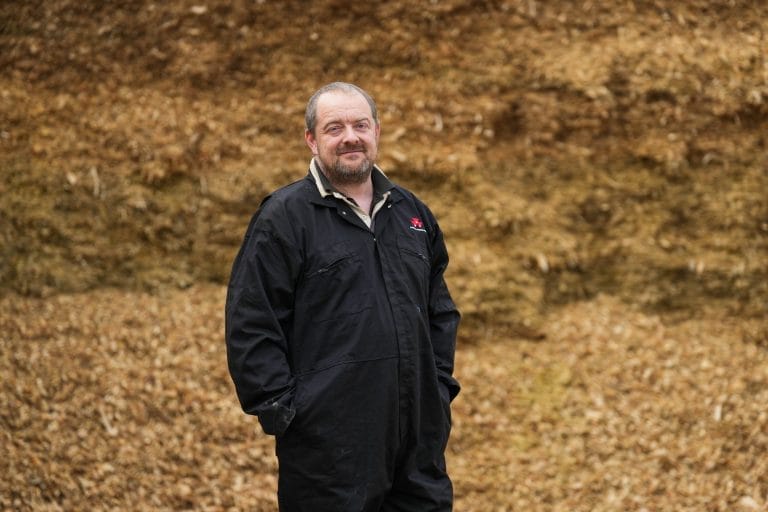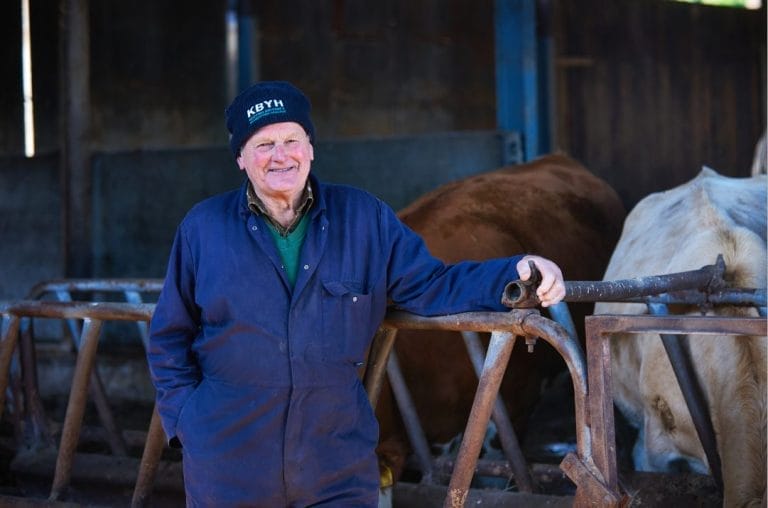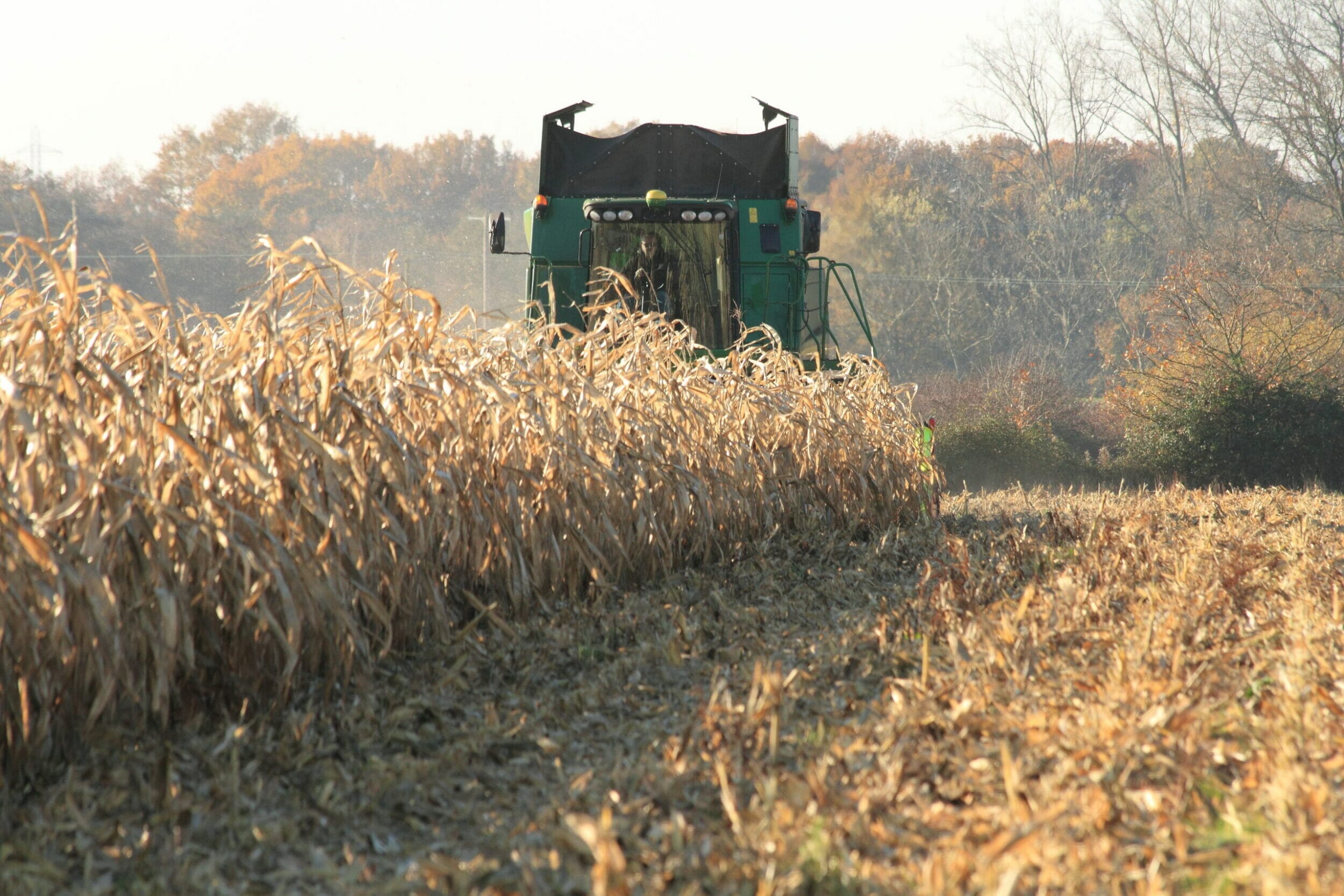
Maize can be utilised in a number of ways other than to provide a high energy forage, but it is essential to select a variety suited to the end use.
Tim Richmond, LG Maize Manager UK and Ireland, says that whilst most maize is used to provide forage to feed to livestock or as a feedstock into an AD plant, it can be successfully used in other ways. Crimped maize can be grown by dairy and beef producers as a home grown concentrate replacement. There has also been increased interest from feed merchants looking for UK sourced grain maize to replace imported ingredients, particularly for the pet food market. This makes maize an attractive break cash crop for arable farms, especially where growers are looking for an alternative to other spring crops like oilseed rape. He says that while maize can have several uses, a successful crop has its foundations in choosing the optimum variety for the end use. Varieties suited to silage production do not necessarily perform as well when used for crimping or grain.
“While a variety selected for forage will need to combine early maturity, high energy yield and high Cell Wall Digestibility, criteria such as standing power, disease resistance and starch yield move up the priority list for crimped and grain maize. So, it is important to select varieties carefully.” Faced with increased global feed price volatility and the prospect of higher ingredient prices next winter, Mr Richmond says there is increased interest in crimped maize from milk producers trying to control purchased feed costs. Crimped maize is a high energy, moist feed at around 14MJ/kgDM, with a high starch content. The starch is less rapidly degradable than in cereals which helps promote better rumen health. Mr Richmond comments that maize for crimping is harvested at around 60-65%DM, a few weeks later than for normal silaging, before being treated with a preservative and clamped. It will yield 10-12t/ha at 35% moisture content. “For crimped maize, producers should be looking for an early variety combining good starch yields and standing power combined with good disease resistance.”
Mr Richmond suggests home-grown maize for grain is unlikely to be used as a feed on livestock farms as the crop needs drying after harvest. Instead it is seen as a potential cash crop on arable units. While maize for grain is harvested at 65-75%DM, it then needs to be dried down to around 15% moisture which can be a significant cost. “It is more likely that grain maize will be grown under contract for a local feed merchant and can produce a gross margin of around £1100/ha after including drying costs.” Mr Richmond says that drying the grain adds significant costs, so the crop needs to be able to dry down as much as possible whilst in the field. It is therefore essential to select varieties that have been bred for grain harvesting conditions and are capable of being left longer and have excellent standing ability. Varieties must have good disease resistance, while good sheath cover of the cob will help reduce susceptibility to Fusarium. For the pet food market, also consider a variety with an attractive yellow kernel. “As the crop will be combine harvested, farmers should select a variety with high grain yield. A well-grown crop will produce 7-10t/ha of grain at 15% moisture.” Mr Richmond advises varieties ideally suited to both grain and crimped maize are Yukon and LG30179, which combine the grain yield with the agronomic factors required. He says that broadly, establishment and crop management will be the same as for forage maize but that it can be advantageous to plan for increased cob yields. “To help bring maturity forward and accelerate crop dry-down, crops should be sown as soon as possible in April when soil temperatures at planting depth have risen above 8 deg C and when there is good seed to soil contact. Seed rates should be reduced to 90,000 per hectare, so plants have more space and nutrients as this encourages larger cob development.”
For more info on our grain maize varieties click here.

